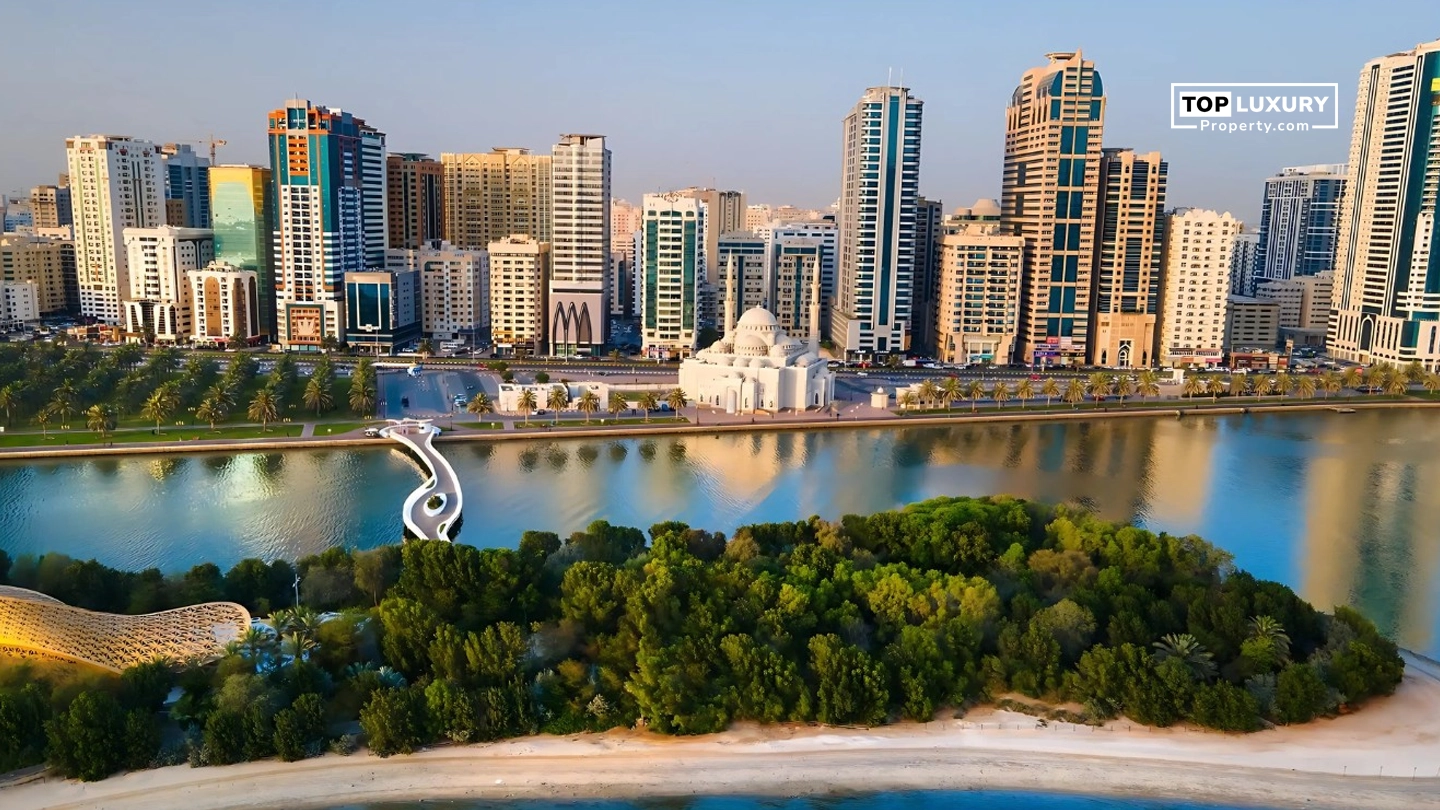The Dubai Dream: Why Middle-Class Indians Thrive
In recent times, middle-class Indians are shifting their investment focus towards Dubai real estate instead of properties in their home country. This is more than just diversification – it’s a fundamental rethink of how middle-class families build wealth through property ownership.
The difference between Dubai property investment and the Indian property market is stark. While India has been the default choice for most middle-class investors, Dubai’s higher rental yields, lower interest rates and tax benefits have made it an attractive option that many forward-thinking Indians are opting for.
But according to Bengaluru-based CA Abhishek Jamuar, regular working-class Indian couples are buying multiple properties in Dubai, renting them out at yields of 6 - 7%, while borrowing at just 5%, which creates a positive cash flow situation. The most interesting fact is that the property pays for itself and generates additional income.
The Dubai real estate model offers freedom and financial independence that many Indian investors struggle to achieve in their home country. These middle-class investors aren’t just the wealthy elite – they’re ordinary professionals who have made strategic decisions about where to place their hard-earned savings for better returns and future security.
India’s Real Estate Reality: A Losing Battle

The reality of India’s property market often turns homeownership from a dream into a burden. Jamuar points out that the typical middle-class Indian couple purchases a single home, financing it at interest rates around 10%, while earning rental yields of just 3% if they choose to rent it out. This significant gap creates a situation where “one person’s entire income keeps going into EMIs,” turning homeownership into a liability rather than an asset.
The Indian model creates a challenging cycle:
- High interest rates (approximately 10%)
- Low rental yields (about 3%)
- Decades-long EMI commitments
- Limited opportunity to acquire multiple properties
- Reduced financial flexibility
Despite India real estate prices generally appreciating faster than Dubai’s, the structure of financing and returns creates an unsustainable burden for many homeowners. The opportunity cost of tying up capital in a single property with negative cash flow limits wealth-building opportunities for middle-class families.
Cost of Living: Dubai vs. India

While Dubai property investment offers advantages, there are significant cost of living differences that potential migrants should consider. Chartered Accountant Nitin Kaushik highlights:
- A 1 BHK apartment in Dubai costs between Rs 1.5 to Rs 3 lakh per month, compared to Rs 40,000-70,000 in Indian metros
- Groceries are substantially more expensive—milk costs around Rs 120 per liter in Dubai, double India’s price
- Transportation costs are higher, with a monthly metro pass costing approximately Rs 8,500 in Dubai compared to just Rs 350 in Mumbai
- Utility bills add significantly to monthly expenses in Dubai
This real estate comparison must include living expenses for those considering relocation. However, for investors who remain in India while owning property in Dubai, the higher rental yields often more than compensate for any additional property management costs.
Tax Advantages in Dubai: A Game-Changer

One of the most compelling reasons middle-class Indians are drawn to Dubai real estate is the favorable tax environment:
- Tax-free personal income
- No property tax (only a 4% one-time registration fee)
- No capital gains tax on property sales
- No inheritance or wealth taxes
This tax-friendly environment means investors keep significantly more of their earnings and appreciation. As one internet user commented, “If your tax on freelancer or internet income is > 24 lakhs approximately, it makes sense to move to Dubai.” The absence of recurring property taxes also enhances rental yields, making the investment case even stronger.
For Indian investors, this Dubai vs India real estate tax difference creates a substantial advantage in long-term wealth accumulation. The compounding effect of tax savings over decades can transform modest investments into significant wealth.
India’s Property Market: Hidden Costs and Risks

Beyond the basic comparison of interest rates and rental yields, India property market presents additional challenges:
- Construction delays and developer defaults
- Unclear land titles and legal disputes
- Additional maintenance costs and society charges
- Property tax and wealth tax considerations
- Limited liquidity in many markets
- Restrictive rental laws that favor tenants
These factors further diminish the attractiveness of Indian real estate as a pure investment vehicle. While emotional and cultural factors often drive property purchases in India, the investment case is frequently less compelling than alternatives like Dubai.
For middle-class investors, these hidden costs and risks in the Indian property market can turn what seems like a solid investment into a financial drain, especially when compared with the relatively straightforward investment process in Dubai.
Conclusion
Dubai’s real estate market gives middle-class Indians a better chance at financial freedom than investing in Indian property. Here’s why:
- Dubai offers higher rental income (6-7% vs 3% in India)
- Lower loan interest rates in Dubai (5% vs 10% in India)
- Immediate positive cash flow
- Easier to buy multiple properties
- Better tax benefits
- Simpler investment process
- Property tokenization options
While Dubai has advantages, consider factors like living costs and job security. For pure investment, Dubai is often better than India. Middle-class Indians can build wealth through Dubai property with good research and planning.
As remote work grows, investing in Dubai property may become more popular for middle-class Indians seeking financial security. It’s important to understand both the pros and cons and make plans that fit your personal goals.
Whether you choose Dubai, India, or both, success comes from thinking creatively about building wealth through property. Stay informed and flexible as both markets change to succeed in Dubai or Indian real estate investing.





